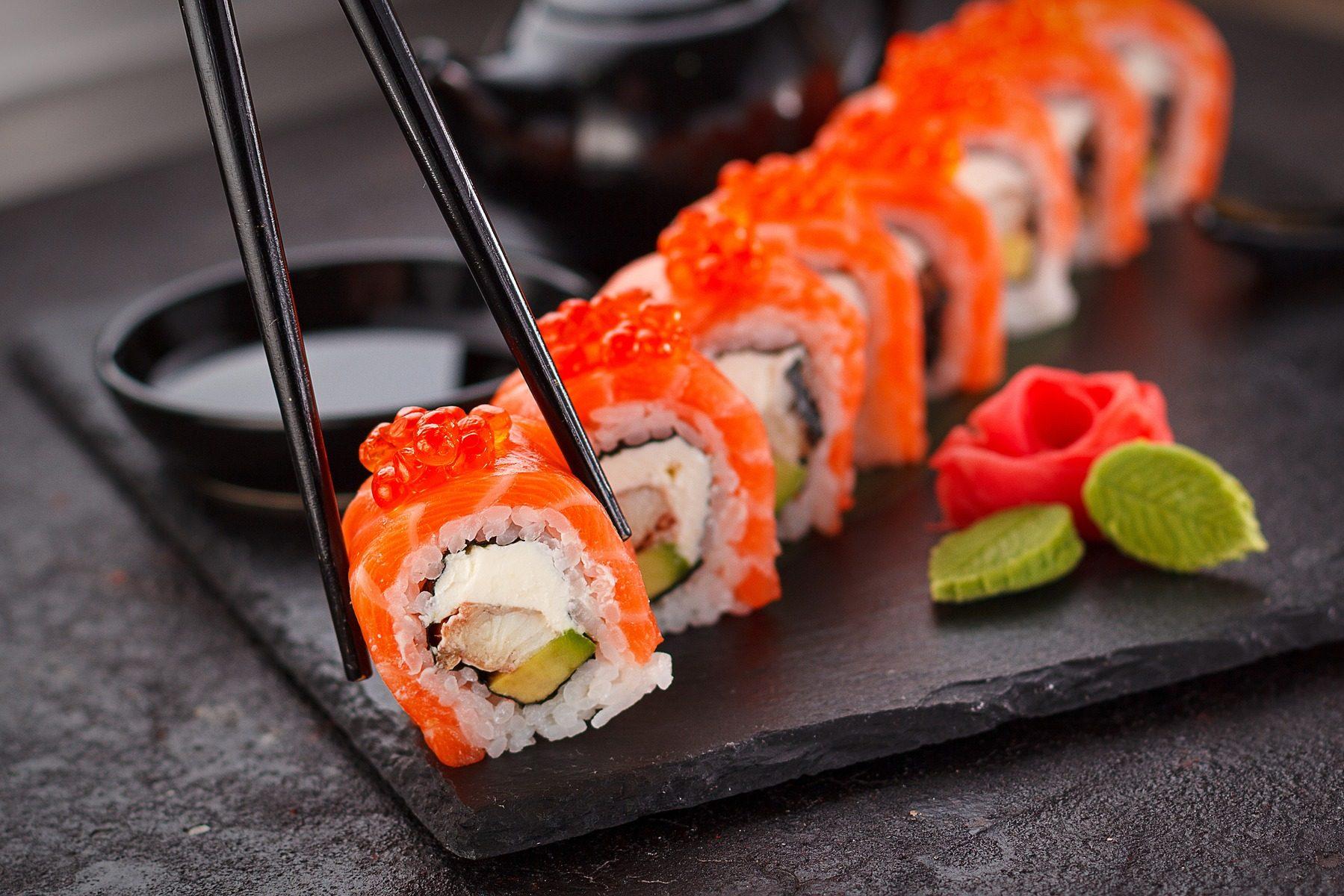If you’re a sushi lover celebrating your birthday, you’re in for a treat! Many sushi restaurants and chains offer special birthday discounts that let you enjoy delicious rolls and fresh sashimi at a fraction of the price. It’s the perfect excuse to gather your friends and family for a memorable birthday feast filled with mouthwatering flavors. So, get ready to roll into an unforgettable celebration!
Sushi is more than just a meal; it’s an experience that brings people together. From the expertly crafted nigiri to the colorful and creative maki rolls, sushi is an art form that tantalizes taste buds and leaves diners craving more. Many places also expand their menu to include a variety of options like tempura, ramen, and delightful appetizers to complement your sushi journey. With the perfect balance of flavors and a beautiful presentation, dining at a sushi restaurant is not just about eating; it’s about enjoying a culinary adventure.
Getting that tasty sushi birthday discount is usually quite simple! Most restaurants just need you to sign up for their loyalty program or their email list, where you might receive a special voucher or a code as your big day approaches. Some places may also ask you to show proof of your birthday when you visit. It’s always wise to call ahead or check their website to understand the details, as policies may vary by location. With just a little preparation, you can make your birthday celebration even more special by treating yourself to some delicious sushi treats!
Q&A
### Q&A on Sushi: A Culinary Art Form
**Q1: What is sushi, and how did it originate?**
**A1:** Sushi is a traditional Japanese dish that primarily features vinegared rice combined with a variety of ingredients, which may include seafood, vegetables, and sometimes tropical fruits. Its origins date back to the 8th century as a method of preserving fish in fermented rice. Over time, this evolved into the sushi we know today, characterized by the marriage of taste, technique, and aesthetics.
—
**Q2: Are there different types of sushi?**
**A2:** Absolutely! Sushi comes in different forms, each with its unique flair. Some popular varieties include nigiri (slices of fish over rice), maki (rolled sushi, often with seaweed), sashimi (slices of raw fish without rice), and temaki (hand-rolled cones of sushi). Each type showcases diverse ingredients and preparation methods, reflecting regional variations and personal creativity.
—
**Q3: What are the key ingredients in sushi?**
**A3:** The essential ingredients of sushi encompass sushi rice (short-grain rice mixed with vinegar, sugar, and salt), fresh seafood (like tuna, salmon, or eel), vegetables (such as cucumber and avocado), and nori (seaweed sheets) for rolls. Additionally, condiments like soy sauce, wasabi, and pickled ginger enhance the dining experience, bringing depth and balance to each bite.
—
**Q4: How is sushi traditionally consumed?**
**A4:** Sushi is traditionally enjoyed with chopsticks or, for some, even by hand. When it comes to flavor, it’s common to dip sushi lightly into soy sauce, but the delicate balance of flavors means that adding wasabi should be approached with caution. Many sushi enthusiasts also cleanse their palate with pickled ginger between different pieces to fully appreciate the variety.
—
**Q5: Is sushi safe to eat?**
**A5:** Sushi can be safe to eat, provided it is prepared correctly. Consuming raw fish carries risks, so sourcing sushi from reputable establishments is crucial. Look for places that uphold high standards of food safety and freshness. For those wary of raw fish, there are cooked options, such as tempura rolls or future-focused alternatives like vegetable sushi, which offer a delicious alternative.
—
**Q6: How has sushi evolved over the years?**
**A6:** Sushi has undergone fascinating evolution, transcending its cultural roots to become a global phenomenon. Fusion variations have emerged, such as California rolls, which incorporate ingredients like imitation crab and avocado—exclusive to Western palates. Many chefs now experiment with creative presentations and unique flavor combinations, highlighting sushi as not just a dish, but a canvas for culinary artistry.
—
**Q7: What’s the etiquette surrounding sushi dining?**
**A7:** Sushi dining comes with its unwritten rules. It’s customary to eat sushi in a single bite to appreciate its full flavor. If you’re at a sushi bar, be mindful of not hovering while waiting for your next piece. remember that tipping a sushi chef for exceptional service is a common gesture of appreciation in many cultures.
—
**Q8: How can one get started with making sushi at home?**
**A8:** Making sushi at home is an exciting adventure! Start with basic ingredients like sushi rice, nori, fresh fish, and vegetables. There are myriad online tutorials and sushi-making kits available that offer guidance. Begin with simple rolls (maki) and progress to more intricate styles as you gain confidence. Practice will refine your technique, and before long, you’ll be experimenting with your own unique rolls!
—
Whether you’re a seasoned sushi aficionado or a curious beginner, understanding the nuances of this dish can only enhance your appreciation for its intricate flavors and cultural significance. Happy sushi sampling!
